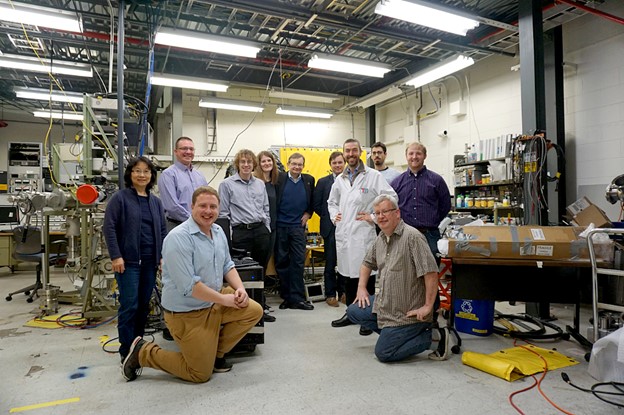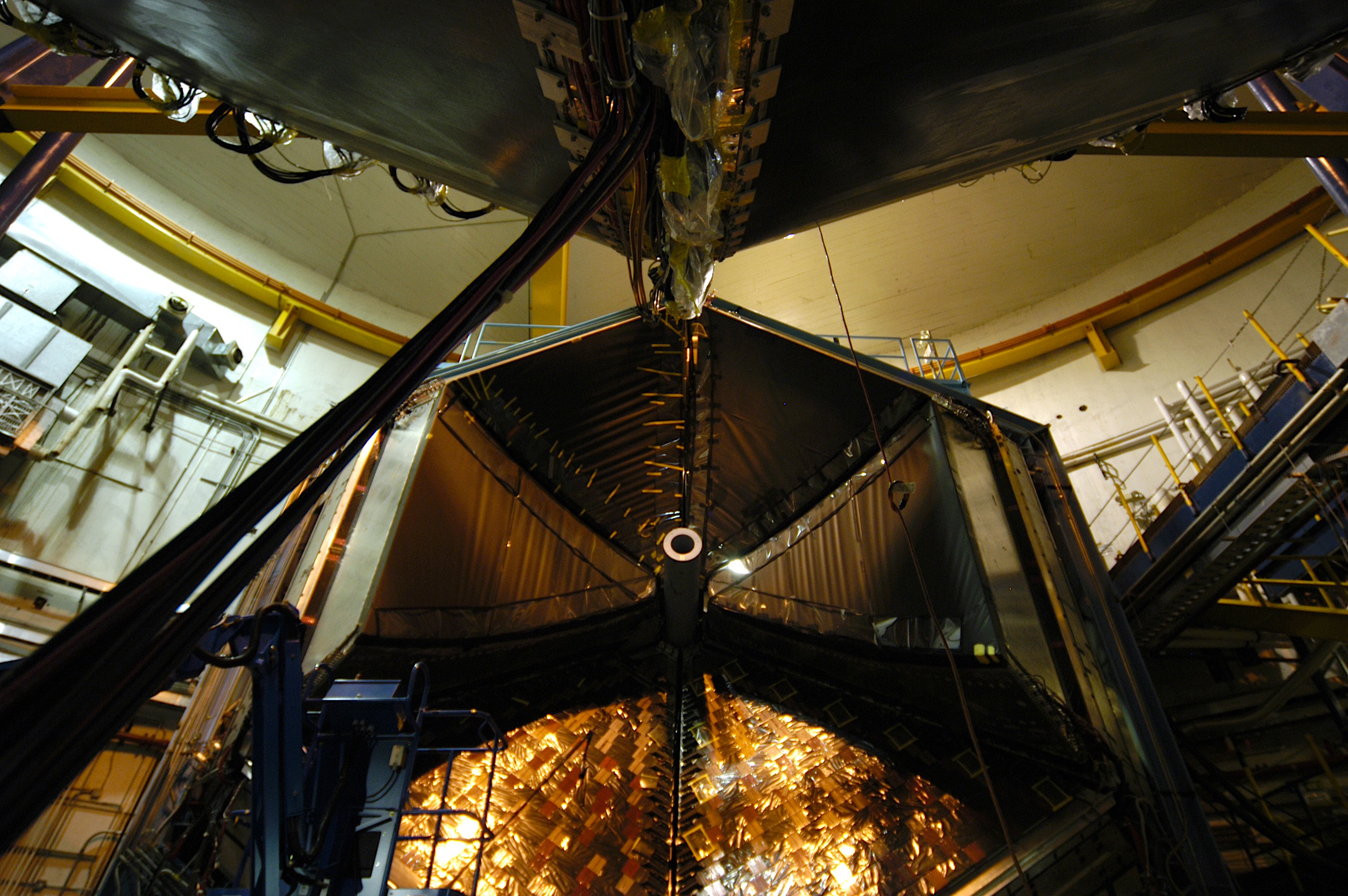
A Surprising Discovery: Magnetism in a Common Material for Microelectronics
For the first time, researchers discovered magnetic order at high temperature in a metal widely used by the electronics industry.

For the first time, researchers discovered magnetic order at high temperature in a metal widely used by the electronics industry.

In the unusual world of quantum materials, metals can guide light in their interiors instead of merely reflecting it.

Classical and quantum chips combine to simulate the collision of two neutrons on a present-day quantum computer.

Data from heavy ion collisions give new insight into the electromagnetic properties of quark-gluon plasma “deconfined” from protons and neutrons.

The observation of a rare potassium-40 decay aids in estimating neutrinoless double-beta decay half-life and dating geological features.

Scientists develop a new method to characterize the properties of one of the four fundamental forces of nature.

In a warmer world, microbes in drought-stricken soils convert less carbon to carbon dioxide and more to volatile intermediates.

New insights reveal details of how strange matter forms.

An almost-bound isotope of oxygen undergoes four-neutron decay that challenges theory.

Settling a long-standing question, scientists have proven that antihydrogen falls downward in a first-ever direct experiment.

Experiments find increased temperatures and carbon dioxide rapidly altered peatland carbon stocks, highlighting peatlands’ vulnerability to climate change.

Nuclear physicists have found the location of matter inside the proton that comes from the strong force - a fundamental force that holds protons together.